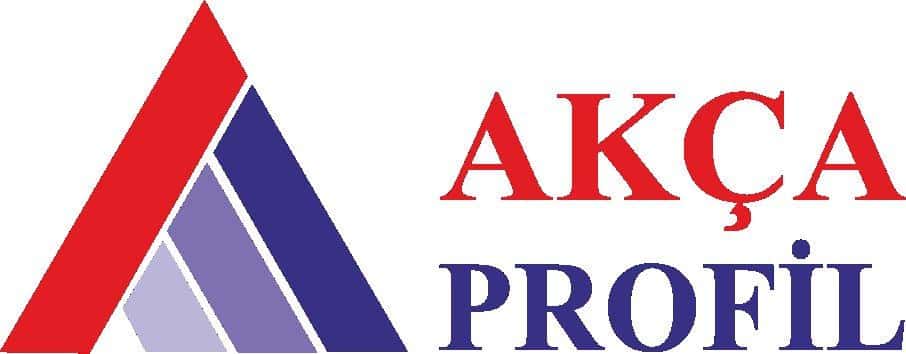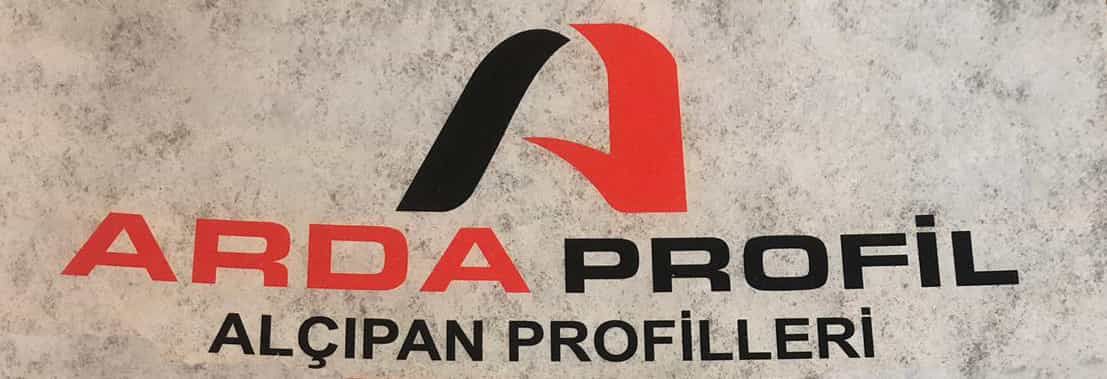What is Light Gauge Steel Construction? What are its features?
- Light gauge steel is a material with structural differences. Therefore, there is more than one
type of
steel. Light steel, which is especially important for use in buildings, has a remarkable place
with its features. So, what is the light steel structure that is frequently preferred in steel
structures?
What is Light Gauge Steel Construction?
- Light Steel is a type of steel that first appeared in Germany in the second half of the 1900s.
Light Steel, produced by cold forming, was originally produced for use in the automobile and
aircraft industries. On the other hand, it is a preferred steel in many places today. Light
steel, which is frequently used especially in buildings, has shown itself as a structural
element used mainly in roofs. However, over time, it has become much more preferred in the field
of construction thanks to its features. Thus, it has taken its present form since the 1980s. It
consists of light steel structure, load-bearing wall and floor panels. These panels are produced
with hot-dip galvanization and are formed by cold forming. Light steel, which is preferred
especially in container structures, comes to the fore with its durability. Light Steel; It can
have different profiles such as U, C, Z. Therefore, each shape brings with it a measure of
different thickness. However, although there is a variable size, mild steel is generally between
0.5 mm and 2.5 mm. Light steel structures are mostly developed in America and Canada. That's why
there are so many options in those areas. However, these structures have an increasing use in
Turkey.
What are the features of Light Steel Structure?
- 1. Affordable Price
- Light steel construction is offered as a budget friendly design. In particular, it is an
economic advantage that the construction can be done with a small amount of equipment. In
addition, structures produced using the cold forming process are less expensive than structures
produced using the hot forming process.
- 2. Provides Dimensional Stability
- Light steel construction is inorganic. Therefore, they do not rot. At the same time, it is a
structure that will not crack and stretch. It has excellent dimensional fixation due to its
non-stretching shape.
- 3. It is Light and Strong
- Light steel structures are produced using the cold forming process. This process can produce
lightweight components. However, the load carrying capacity of light steel structures is very
high compared to the weight ratio. Light steel structure also has excellent earthquake
resistance. It is lighter than a reinforced concrete structure of the same size. In this way, as
the load on the structure decreases, the seismic resistance also increases.
- 4. Easy to Install
- The structure is easy to construct. This significantly reduces construction time. In addition,
it has a structure that allows quick disassembly and fast assembly..
- 5. Environmentally Friendly
- Steel products are generally recyclable. Light steel, on the other hand, is obtained by
producing
much less material than many types of steel. It is less harmful to the environment. In addition,
unlike other types of steel, structural steel does not cause pests. It does not undergo any
chemical treatment, so it does not naturally release harmful substances.
- 6. Less Human Error
- Light steel structures are made in factories with machines, not manpower. With very little human
intervention, the error rate is also very low.
Where are Light Gauge Steel Structures used?
- 1. Used in mezzanine floors
- Mezzanines are used to divide structures and create stretch ceilings in light steel structures,
reinforced concrete structures and wooden structures. Light steel, which is frequently preferred
due to its lightness, creates a suitable profile for construction.
- 2. Can be used for roofing
- Roofing, which is one of the first areas where light steels are used in construction, is
preferred because of its lightness and durability. It is also effective in roof construction as
it is inexpensive and easy to use.
- 3. Can be preferred for industrial buildings
- Industrial buildings are structures where production takes place and which should be suitable
for activities such as technical assembly, processing and storage. Especially the durability of
light steel structures affects their preference in industrial areas. The use of light steel
structures in factories in earthquake zones is basically related to this.
- 4. Can also be used as a partition
- Steel partitions are building materials that create independent spaces.
Partition walls, which are generally used in group companies, provide free space for employees.
The use of light steel is very important in terms of practicality when making partitions.
- 5. Residential Construction Applications
- Light steel structures and prefabricated houses continue to be preferred in today's residential
constructions. The use of light steel construction offers many conveniences for both homeowners
and builders with its many benefits.
- 6. It can be preferred in the construction of education and
health buildings
- Light steel structures are especially preferred because they can be installed permanently and
comfortably not only in housing but also in education and health buildings.
What is the difference between Heavy Steel and Light Steel Construction?
We can say that there are two main differences between the heavy steel preferred in larger
structures and the light steel used in smaller structures. These differences are as follows:
- Cost
- The main difference between light and heavy steel is that mild steel is cheaper than heavy
steel.
- Dimensions
- Light steel is generally preferred for structures up to two floors, and heavy steel is preferred
for high floors.























